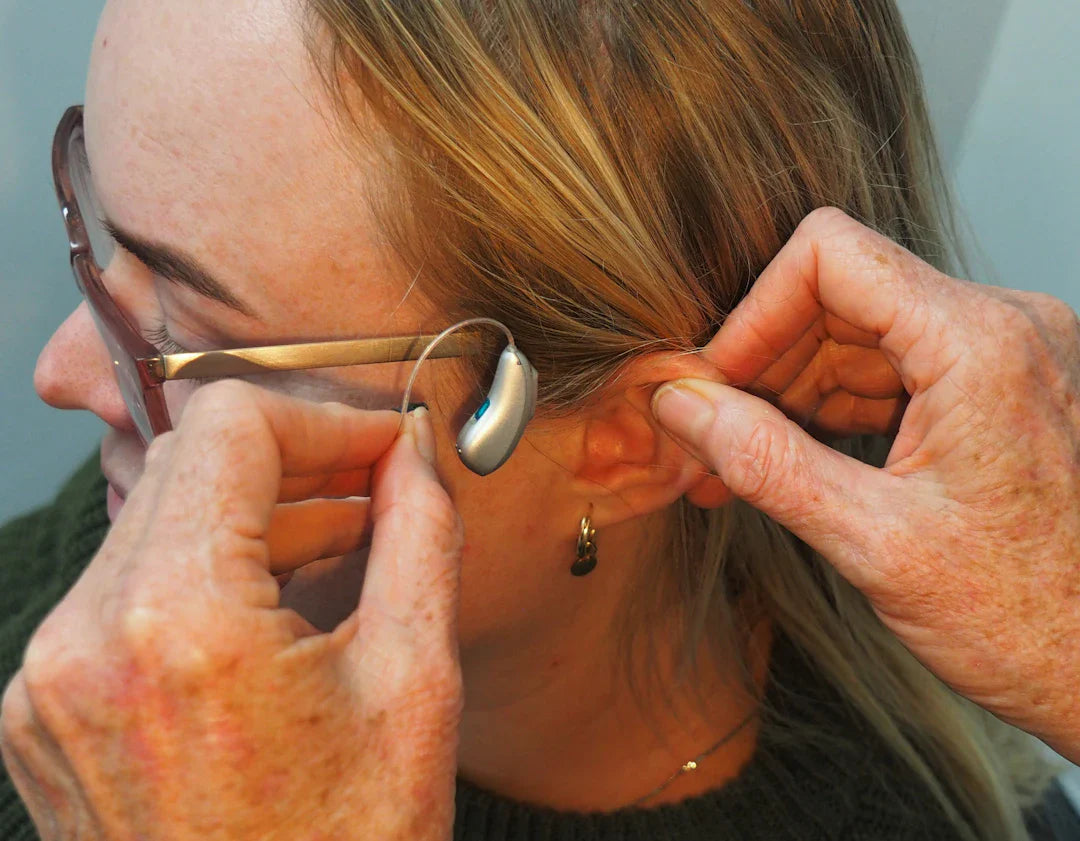Hearing loss is a common concern that affects millions of people worldwide. Fortunately, advancements in technology have led to significant innovations in the field of hearing aids. From improved sound quality to enhanced connectivity features, the future of hearing aids is bright and promising. In this blog post, we will explore some of the cutting-edge technologies and innovations that are shaping the future of hearing aids.
1. Artificial Intelligence Integration
One of the most exciting developments in the field of hearing aids is the integration of artificial intelligence (AI). AI algorithms can analyse and adapt to a wearer's listening environment in real-time, providing a personalised hearing experience. This technology allows for automatic adjustments based on factors like background noise levels, speech patterns, and music preferences.
Advantages of AI Integration:
- Enhanced sound quality and clarity
- Improved speech recognition in noisy environments
- Customisation based on individual preferences
2. Bluetooth Connectivity
Bluetooth technology has revolutionised the way we connect and communicate, and its integration with hearing aids offers numerous benefits. Wearers can easily stream audio directly from their smartphones, TVs, and other devices to their hearing aids. This wireless connectivity feature enhances convenience and accessibility for individuals with hearing loss.
3. Rechargeable Batteries
Gone are the days of constantly changing hearing aid batteries. The future of hearing aids lies in rechargeable batteries that offer extended battery life and eco-friendly solutions. With rechargeable hearing aids, users can enjoy continuous usage without the hassle of frequent battery replacements.
4. Remote Programming
Remote programming capabilities allow audiologists to adjust hearing aid settings without the need for in-person appointments. This feature enables wearers to receive timely adjustments and personalised care, enhancing their overall hearing experience and satisfaction.
5. Waterproof and Dustproof Designs
Hearing aids with waterproof and dustproof designs are becoming increasingly popular, especially for individuals with active lifestyles. These durable devices can withstand exposure to water, sweat, and dust, providing wearers with peace of mind and reliability in various environments.
6. Artificial Intelligence for Earwax Removal
Besides AI for sound optimisation, artificial intelligence is also being utilised for earwax management. Smart sensors in hearing aids can detect and notify wearers of excessive earwax buildup, prompting them to seek timely earwax removal services to maintain optimal hearing health.
7. Tele-audiology Services
Tele-audiology services enable individuals to receive hearing assessments and consultations remotely, ensuring access to audiological care from the comfort of their homes. This innovative approach expands reach and convenience for individuals seeking hearing healthcare services.
8. Tinnitus Management Solutions
Many individuals with hearing loss also experience tinnitus, a ringing or buzzing sensation in the ears. The future of hearing aids includes integrated tinnitus management solutions that can provide relief and improve the overall well-being of tinnitus sufferers.
9. 3D Printing Technology
Customisation and comfort are essential aspects of hearing aid design. 3D printing technology allows for the creation of bespoke hearing aid shells that perfectly fit the wearer's ear anatomy, enhancing comfort, fit, and overall user experience.
10. Enhanced Comfort and Discreet Designs
The future of hearing aids involves ultra-compact and discreet designs that prioritise wearer comfort and aesthetics. Sleek and nearly invisible hearing aids offer wearers a seamless hearing solution that blends seamlessly into their daily lives.
11. AI-Powered Language Translation
AI-powered language translation features in hearing aids can facilitate communication for wearers in multilingual environments. Real-time language translation capabilities enable wearers to engage in conversations and interactions with ease, breaking down language barriers.
12. Sustainable Materials and Eco-Friendly Practices
As environmental sustainability becomes increasingly important, hearing aid manufacturers are focusing on using sustainable materials and eco-friendly practices in their production processes. By prioritising sustainability, the future of hearing aids aligns with global efforts towards a greener and more eco-conscious future.
The Exciting Future Awaits!
The future of hearing aids is filled with groundbreaking innovations that prioritise user experience, accessibility, and technological advancements. From AI integration to tele-audiology services and sustainable practices, the evolving landscape of hearing aid technology offers promising solutions for individuals with hearing loss. Embrace the future of hearing aids and discover a world of enhanced hearing experiences and improved quality of life.




